Secret and Urgent
THE STORY OF CODES AND CIPHERS
by
FLETCHER PRATT
THE BOBBS-MERRILL COMPANY
PRINTED IN THE UNITED STATES OF AMERICA BY THE HADDON CRAFTSMEN, INC.
CONTENTS
Prefatory Note
Introductory
I. Sermons in Stones
II. The Element of Doubt
III. Jargon
IV. Invention and Death
V. Bacon or Shakespeare?
VI. Satellites of the Royal Sun
VII. Kings, Thieves and Diarists
VIII. Failure
IX. The Revival
X. Code
XI. The War of the Cryptographers
XII. The Cryptographers War
Notes
Tables
PREFATORY NOTE
My warmest thanks and the dedication of this book to Major D. D. Millikin, O.R.C., who has made one of the finest collections in existence of works dealing with ciphers, and who has been most generous in allowing me to consult them, beside helping to locate other sources. Thanks are also due to Dr. E. H. Sutherland for permission to quote from his The Professional Thief and to Mr. Waldemar Kaempffert, for permission to use his material with regard to Dr. Hans Gross.
A good bibliography on the subject of ciphers and codes can be found in Major Millikins article on the subject in the Encyclopedia Americana. The only work now in print in English touching on the subject is The Military Cipher of Commandant Bazeries by Rosario Candela. (Cardanus Press, New York, 1938.) The American Cryptogram Association has announced for publication a textbook on cryptography, Elementary Cryptanalysis (The American Photographic Publishing Company, Boston).
[Formatting warning note to the Reader: If your purpose in reading this copy is the history stories, this .epub file will serve, but if you are a puzzle worker who wants the full detail of the complex examples, the .pdf format of the book will show the exact page images of the original book with added clarity, caveat lector]
INTRODUCTORY
I
Archaeologists believe written languages began as series of pictures representing actions. In the case of all but the Aztec hieroglyphics, and to a lesser degree, the Egyptian, these pictures speedily lost their direct significance, and today all written language is cipher. Its symbols have no intrinsic meaning; they convey an idea only when interpreted according to a system whose secret is shared by the writer and reader. We are apt to lose sight of this today because most people learn to read early in life; but it is only necessary to remember the Middle Ages, when a man who could read was about as rare as a telegrapher is now. When the average citizen received a letter, he had to take it around to someone and have it interpreted, and he would now if he were given a missive written in the dots and dashes which are the special cipher of telegraphy.
One could conceivably learn to speak a languagesay Japanese or Arabicwithout learning how the symbols in which it is normally written could be translated into sound, though if the same words were expressed in the familiar Latin letters the difficulty would disappear. The art of ciphering or cryptography may be defined by saying it is the process of expressing words that convey an idea to everyone in symbols that convey an idea only to the few persons who share the secret.
It is an extremely old art, which seems to come into being almost spontaneously whenand wherevera large proportion of the population learns to read. In Egypt, Babylon and medieval Europe, where reading and writing were largely monopolies of a priestly class, there is little or no record of ciphers. The ordinary written language was secret enough. The first certain appearance of the art is among the comparatively well-educated Greeks, who seem to have invented one of the two great classes of ciphersthe transposition cipher , in which the letters of the original message are thrown into some meaningless order, and can be returned to their original arrangement by anyone in possession of the key.
The relatively well-educated ruling class of the late Roman Republic seem to have invented the other great system, the substitution cipher , in which each letter of the original message is replaced by some other letter, symbol or figure. During the dark ages ciphers vanish; when they reappear it is among the Italian city states, where learning is beginning to bloom under the dawn-sun of the coming Renaissance, and as that movement spreads across Europe, it takes the device of ciphered messages with it.
The rise of the general literacy curve in Europe and subsequently in America has been paralleled by a similar rise in the number of persons who know something of ciphers. We are a highly literate nation today; and there are regular cipher departments in four magazines and a good many newspapers, while the many members of an association of intelligentsia spend much of the new leisure trying to puzzle one another with ciphered messages which the recipient is obligated to work out without the aid of the key.
In other words, the thing has become a game, following the course of development normal to such other necessities of primitive life as hunting, camping and fighting with swords. But the progress of invention has made the sword a sport only by turning the serious business of warfare over to the machine; and this is true also in cryptography. The interests of military and diplomatic secrecy can now be served only by elaborate mechanical devices, such as codes, radio that emits jumbled facsimile and ciphering machines. The cipherer who uses nothing but his brain, a writing instrument and a clean piece of paper stands about as much chance against them as a good fencer does against a machine gun.
The inclusion of codes in the list of mechanical devices will be noted. Essentially a code is just that, and it always makes cryptographers indignant to hear the terms code and cipher used synonymously. Anyone who knows the key of a cipher can read it without any apparatus but pencil and paper; but even when the key of a code is known, mechanical equipment is required to interpret the messagea code-book, or code dictionary. The ABC and Bentleys commercial telegraphic codes are good examples, their dictionaries being volumes that compare favorably as to poundage with Websters.
There is also an important difference of central structure between a code and a cipher. In a cipher, every letter of the original message (the clear, it is called by cryptographers) is represented by a letter, figure or symbol of the enciphered message. In a code, a code-word (four, five or seven letters long) stands for a phrase, a sentence or even the whole message of the clear.
Ciphers are thus systematic and can be used to express any thought the sender is capable of putting into words; codes are wholly arbitrary, and can express nothing but the limited number of phrases that can be put into a code dictionary. Every navy in the world uses codes to the exclusion of ciphers. Their arbitrary character presents enormous difficulties to the solver, and the partial solution of the code does not entail the fall of the rest, while the number of things ships can be ordered to do is somewhat limited, and does not demand a great vocabulary.
Most armies, on the other hand, use ciphers. Except for units with large staffs and semi-permanent locations, such as division headquarters, they simply cannot carry code dictionaries around, and if they did would always run the obvious danger of losing them by capture. It is worth noting that naval code-books- are bound in lead and, when a warship is in danger of being sunk or captured, it is the officers first duty to throw these books overboard.
Diplomacy hesitates between codes and ciphers, generally favoring the latter because of their greater flexibility and the fact they can be used to express delicate shades of meaning. Codes are popular in secret-service work and espionage because they can express more in less space. Long messages are always dangerous to spies, and they really prefer something, like invisible ink, which will give the impression that no message at all has boon sent. Criminals (it is an amusing comment on the first two institutions that diplomacy, war and crime are the great sources of secret writing) nearly always use ciphers.

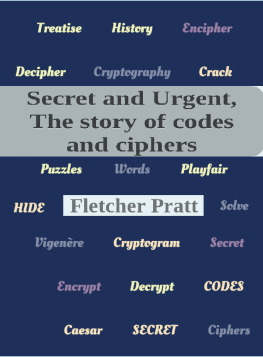
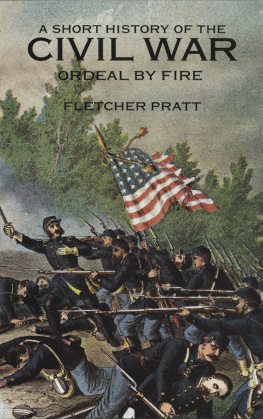

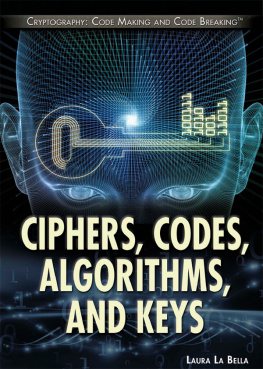
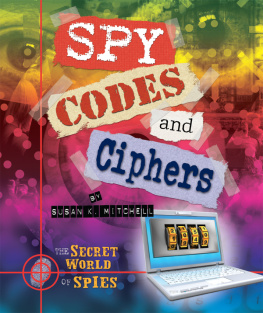
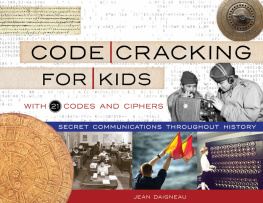
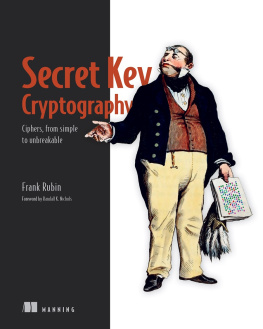

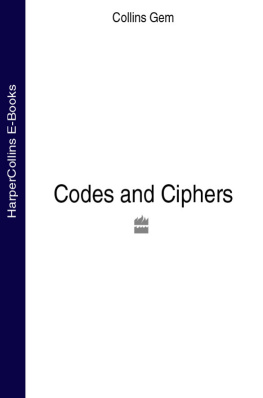
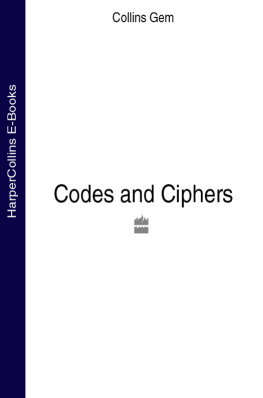
![Lewin - The other Ultra : [codes, ciphers and the defeat of Japan]](/uploads/posts/book/93695/thumbs/lewin-the-other-ultra-codes-ciphers-and-the.jpg)
